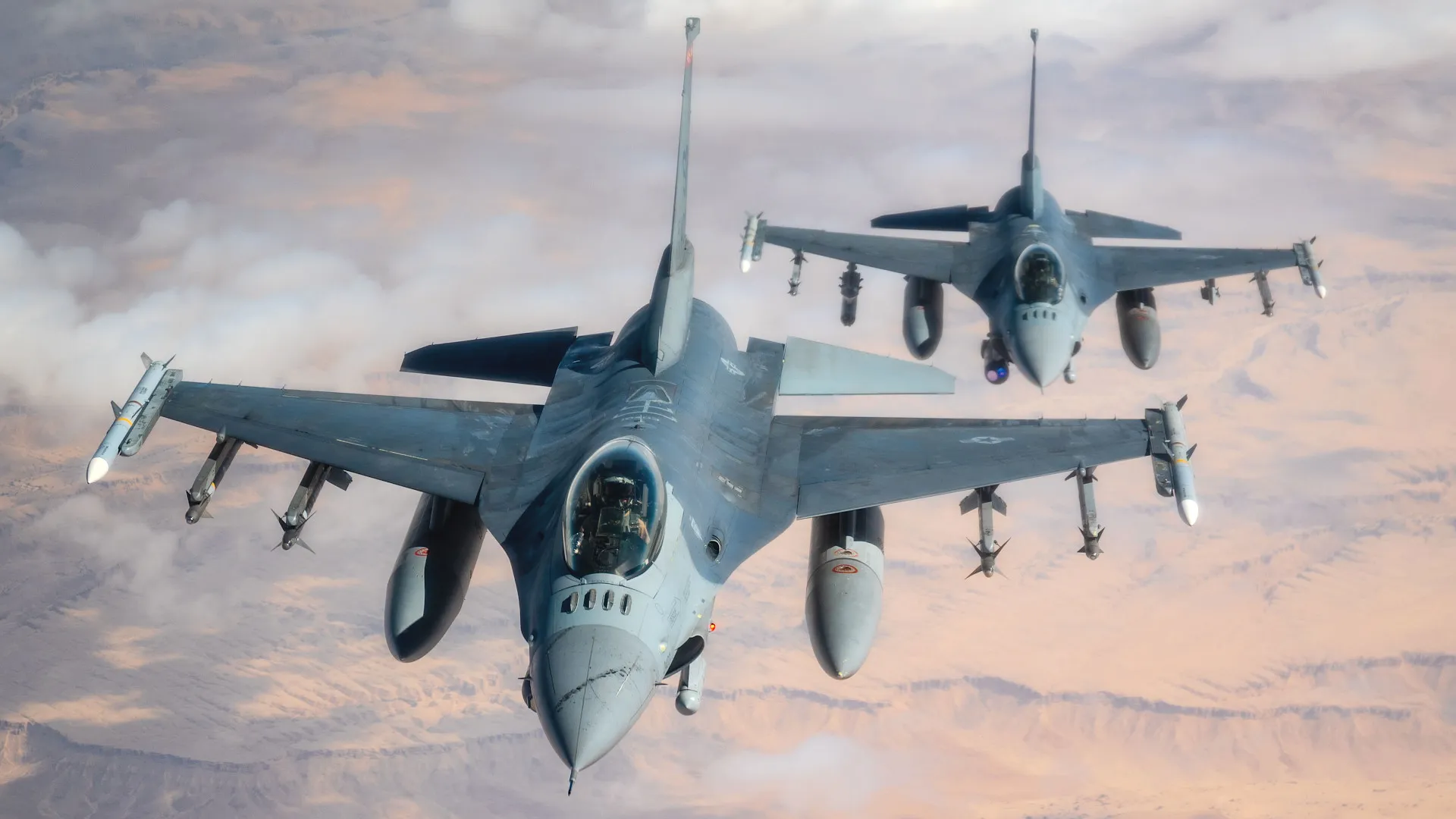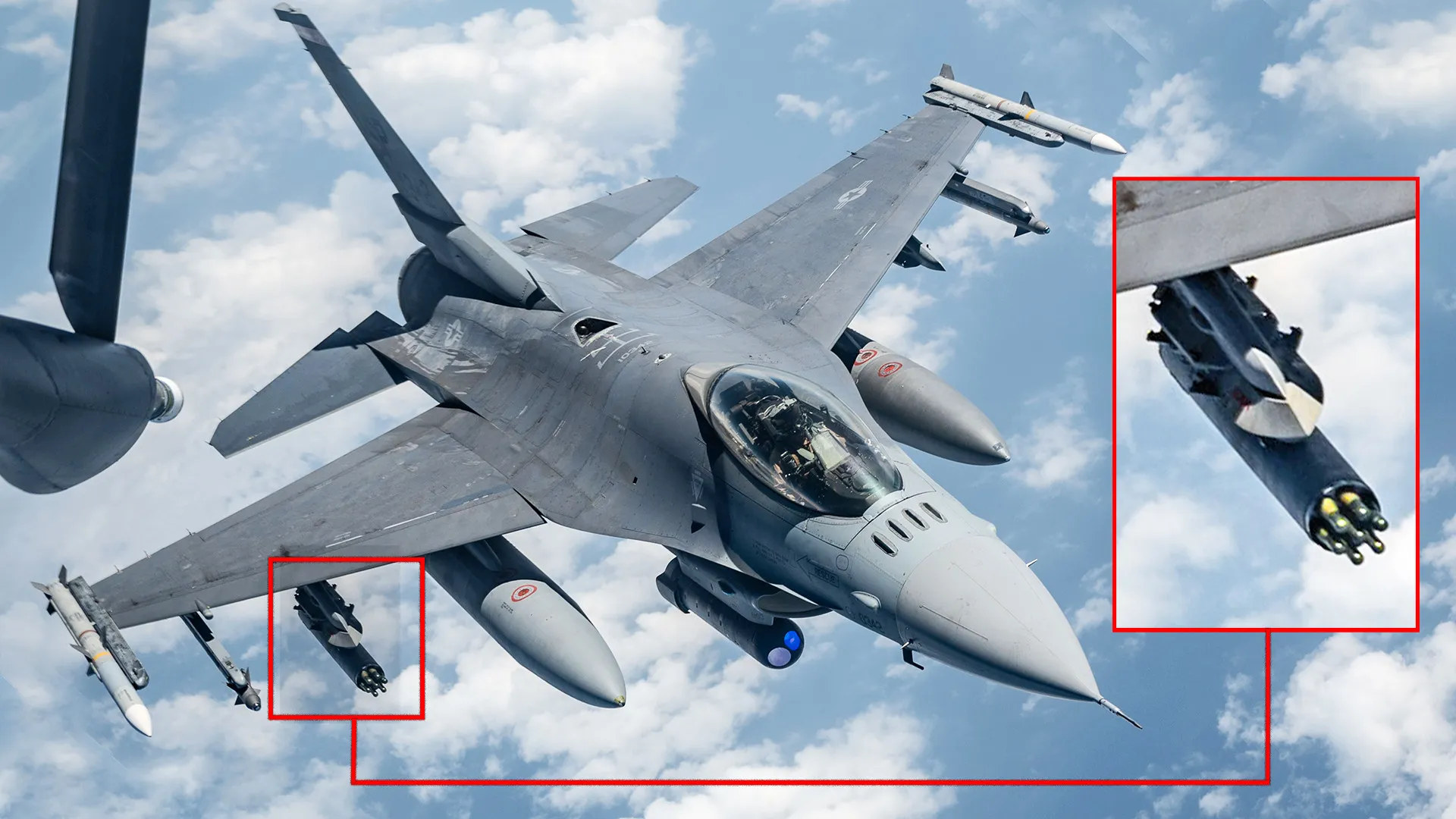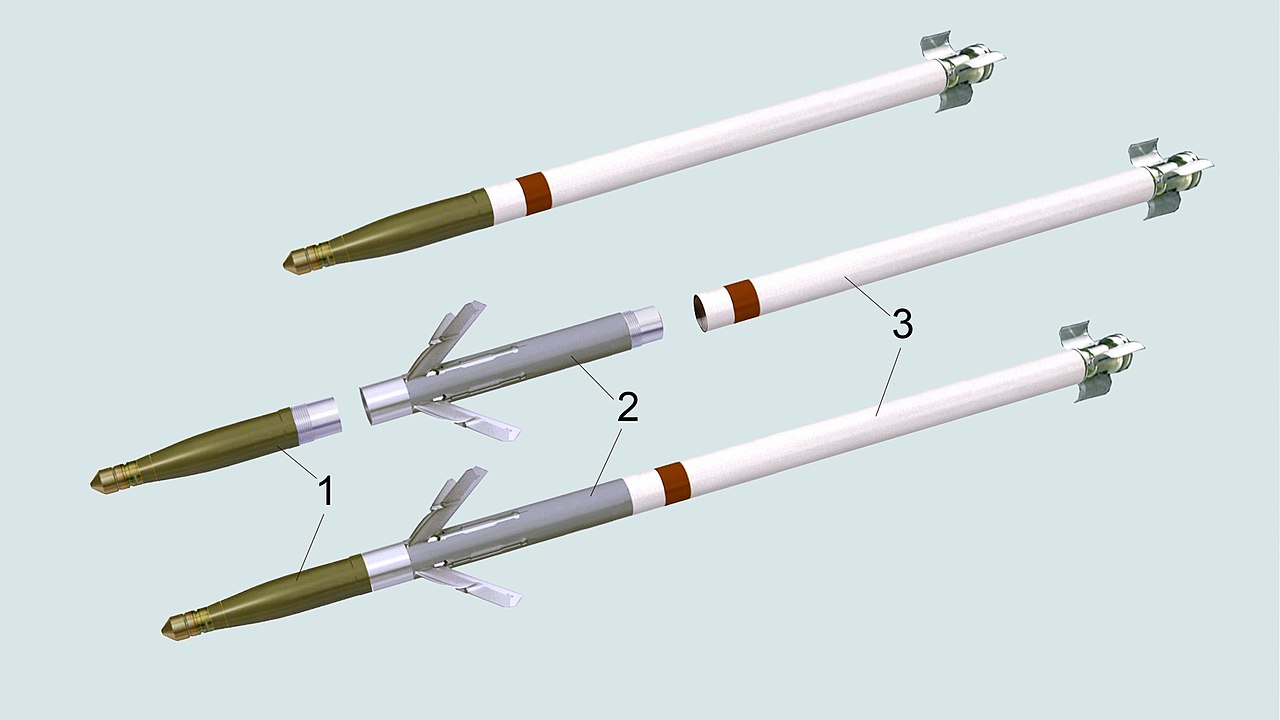US fighter jet shoots down Houthi drone with APKWS II missile
20 March, 2025 The moment a Houthi drone is hit by an AGR-20 (APKWS II) missile. Source: US Central Command. A U.S. fighter jet shot down a Houthi drone using a 70mm AGR-20 (APKWS II) laser-guided missile.
The US Central Command released the video of the incident but did not disclose the time and place of the interception, as well as the type of aircraft and its affiliation - it could have been an Air Force or Navy fighter jet. As a reminder, in late January, it was announced that American F-16s flying missions in the Red Sea were equipped with APKWS II missiles. According to a U.S.
Air Force spokesman, these missiles were first used last year as one of the options to counter Houthi unmanned aerial systems.
U.S. Fighter aircraft shoot down Iran-backed Houthi one-way-attack drones with AGR-20 FALCO Advanced Precision Kill Weapon System (APKWS) Laser Guided 2.75? Rockets.#HouthisAreTerrorists pic.twitter.com/bDoVnKwotc
-- U.S. Central Command (@CENTCOM) March 19, 2025
One of the main advantages of using APKWS II is its significantly lower cost compared to the primary air-to-air missile AIM-9X. According to Pentagon budget documents, one AIM-9X Sidewinder Block II costs almost £420,000.
 F-16 with APKWS II missiles. Source: The War Zone.
F-16 with APKWS II missiles. Source: The War Zone.
In contrast, the APKWS II guidance and control system (Army designation AGR-20) costs about £15,000, to which is added the cost of the warhead and engine. However, this price does not include the cost of the unguided air-to-surface missile Hydra 70, which is used as a base.
There have already been signs that APKWS II is being used as an air-to-air missile. In December, the US Air Force Central Command (AFCENT) released a photo of a pair of F-16Cs armed with these missiles.
 F-16 with APKWS II rockets.
F-16 with APKWS II rockets.
Source: The War Zone
Both aircraft also carried LITENING laser guidance pods and high-speed anti-radar missile (HTS) guidance systems.
APKWS
In the early 2000s, the U.S. Army wanted a highly accurate and low-cost system to destroy lightly armored targets. The terms of reference were handed over to the American BAE Systems to find a solution to this gap.
Mid-2005 the company presented a high-precision version of the Hydra 70 unguided missile with a semi-active homing warhead. APWKS missiles are equipped with an improved engine from the Norwegian company Nammo. This increases the maximum range of the missile to 15 km.
In addition, the range can be increased by using an optimized trajectory that is integrated into the missile's control system.
 Variants of APWKS precision-guided missiles with the WGU-59/B GCM. Photo by BAE Systems
Variants of APWKS precision-guided missiles with the WGU-59/B GCM. Photo by BAE Systems
In addition, the missile can be equipped with a new HEAT/APAM warhead.
Read more on Hydra 70 missiles in the Militarnyi's article
The new missile can be used from the same platforms as its predecessor, but to use high-precision guidance, aircraft, and helicopters must be equipped with a laser targeting system.
The missile can be used from airplanes with targeting from Litening 5 or Sniper XR suspended containers. In December 2019, the 85th Test Wing of the US Air Force tested the APKWS missile against a drone that simulated a cruise missile. According to the US Air Force, the missile demonstrated the same capabilities as the more expensive AIM-120.
Already in 2021, the company conducted practical tests of the missile from a ground launcher.
The tests demonstrated the missile's ability to destroy ground and small unmanned targets.